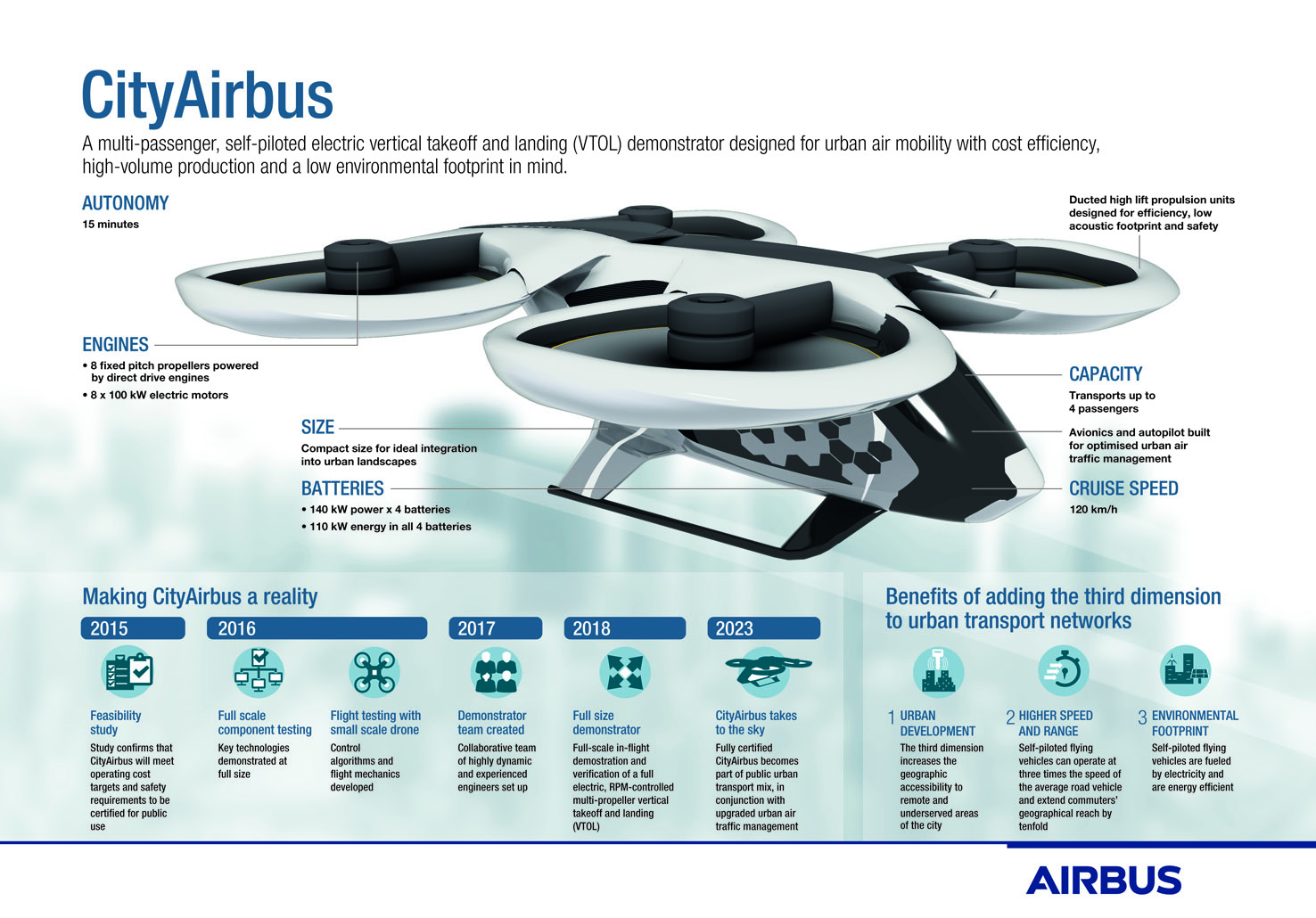
Big cities like Tokyo, Los Angeles and Beijing have all been troubled by congested roads for decades, and these problems have prompted the public to voice their growing concerns with their governments for possible solutions.
Uber recently unveiled its "air taxi," which is an aircraft that will use three-dimensional airspace to alleviate transportation congestion on the ground.
The market’s expectations seem hopeful of this traffic help, but it’s important to remember that there are many hurdles to overcome before flying taxis ever get off the ground.
As of now, all flying taxi prototypes rely on battery power. According to Volocopter, a German aircraft manufacturer, the company will test pilotless air taxis at the end of 2018. The firm claimed that its machines can travel at a top speed of 100km/h (60mph) and have a maximum flight time of around 30 minutes.
While those milestones might seem impressive, they still fall short of US Federal Aviation Administration (FAA) guidelines for aircrafts, which state that all aircrafts need a spare 20 minutes of fuel. The energy shortage limits the operation time of this flying taxi to only 10 minutes before its next charge.
Some experts say that a practical flying taxi should fly at least 60 miles and get recharged in five-minute bursts to extend its range. In reality, there is no battery pack available for these prototypes that can provide this sort of longevity since they require too much energy for traveling and vertical takeoffs and landings.
If battery technology does not make a breakthrough in the near future, the commercial value of flying taxis will be held down.
An even greater concern that outranks the need for a stable and reliable battery is the matter of passenger safety during a flight.

CityAirbus prototype of Airbus. (Photo:Airbus)
YouGov, a UK-based market research and data analytics firm, released a report last year stating that 54 percent of US adults said they would feel unsafe flying in a passenger drone while 5 percent said they would feel safe.
Skyscrapers and tall buildings pose another threat to the safety of these passenger drones and their users, since the flying taxis would have to navigate between these structures in order to reach their destinations.
Currently, a minor car accident like scraping one’s car against a road divider could cost several hundred dollars to fix. However, if a drone were to hit something in midair – it could result in the death of passengers.
Getting stranded on the road with a disabled or destroyed car is a major inconvenience, but its still preferable to a fatal midair collision.
Of course, that should not discourage the public from accepting new technology.

Uber Flying taxi prototype. (Photo: Reuters)
The good news is that Uber’s flying taxi proposal is being embraced by the US government. The FAA has endorsed 10 pilot projects that will use UAVs to deliver medicine, inspect infrastructure, monitor the country’s borders, and more.
According to Uber, flying taxis will take advantage of the unutilized space found above highways in major cities. Since most major cities already have air corridors set up for helicopters and commercial flights, flying taxis are likely to have their own airspace to avoid collisions with other aircrafts.
There’s no doubt that this technology will benefit people in the end, however it’s important to plan this venture with care since human lives will be at stake.


